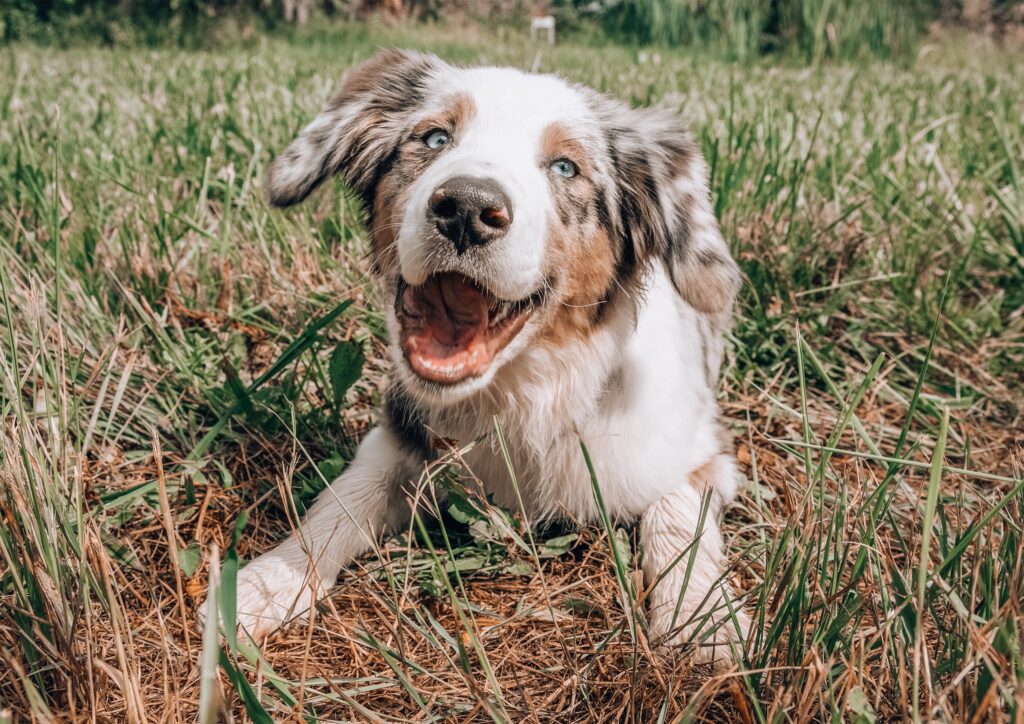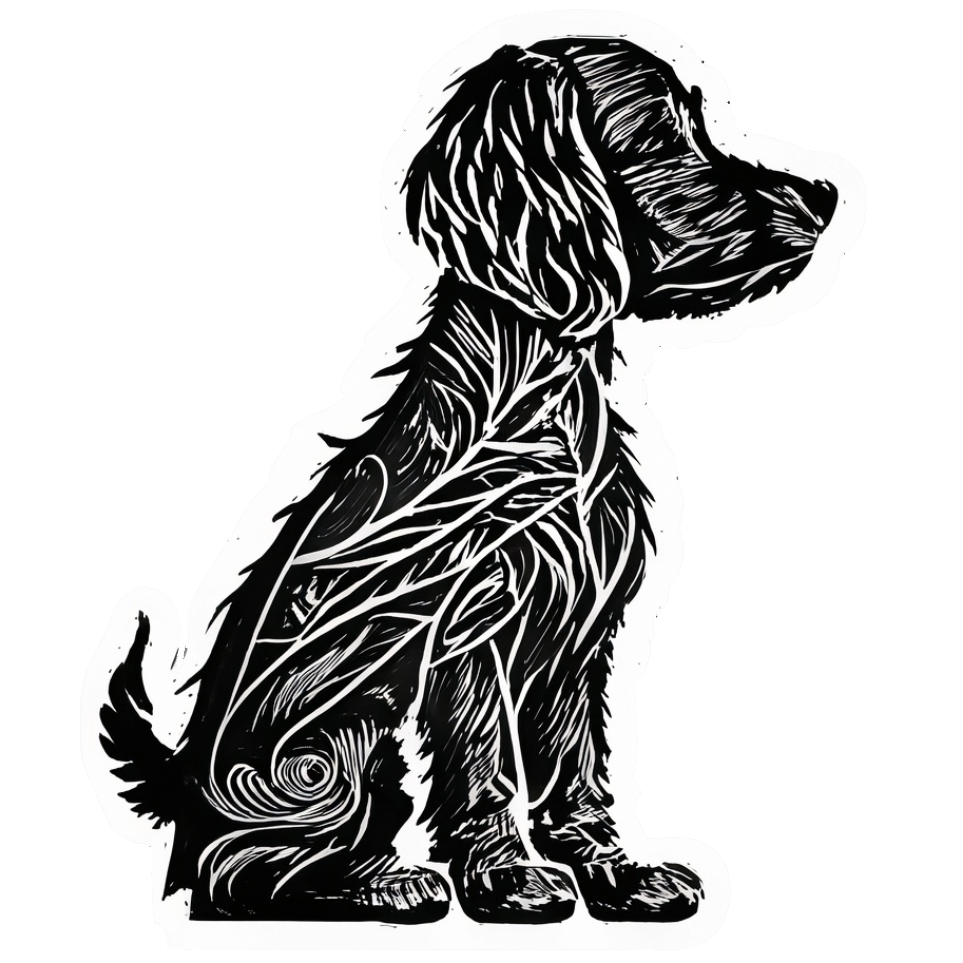A Comprehensive Guide to Canine Categories

Breed standards and classifications are essential aspects of the dog breeding world, providing guidelines and frameworks for defining, recognizing, and evaluating different breeds. These standards ensure consistency, preserve breed characteristics, and guide responsible breeding practices. This article delves into the details of breed standards and classifications, offering insights into how they shape the canine landscape.
Breed Standards: Defining Characteristics
- What Are Breed Standards? Breed standards are detailed descriptions of a dog breed’s physical and temperamental characteristics. They serve as a blueprint for breeders, judges, and enthusiasts.
- Components of Breed Standards: These standards typically include details about size, coat type, color, head shape, gait, temperament, and more.
- Role in Dog Shows: In competitive dog shows, breed standards are used to evaluate how closely individual dogs conform to the ideal representation of their breed.
Breed Classifications: Grouping Similar Breeds
- Why Classify Breeds? Classifications group breeds with similar functions, histories, or characteristics, aiding in understanding and comparison.
- Common Classification Groups: Different kennel clubs may have varying classification systems, but common groups often include:
- Sporting Group: Breeds bred for hunting and retrieving, like Retrievers and Spaniels.
- Working Group: Breeds known for specific tasks such as guarding or pulling, like the Rottweiler and Alaskan Malamute.
- Toy Group: Small companion breeds like the Chihuahua and Pekingese.
- Herding Group: Breeds skilled in herding livestock, like the Border Collie and Australian Shepherd.
- And more: Other groups may include Hound, Terrier, Non-Sporting, and Miscellaneous.
Breed Recognition and Registration
- Kennel Clubs and Breed Organizations: Various organizations, such as the American Kennel Club (AKC) or The Kennel Club (UK), oversee breed recognition and standards.
- Recognition Process: A breed must meet specific criteria, including a stable population and consistent characteristics, to gain official recognition.
- Registration: Registered dogs have documented pedigrees, ensuring adherence to breed standards and responsible breeding practices.
Controversies and Ethical Considerations
- Health Concerns: Some critics argue that strict adherence to breed standards may lead to health issues, especially if it promotes physical traits that can cause problems.
- Genetic Diversity: Limited gene pools in pursuit of breed purity can lead to genetic disorders and weaknesses.
- Responsible Breeding: Ethical breeders prioritize health, temperament, and welfare over mere appearance, balancing breed standards with overall well-being.
Breed standards and classifications are integral to the world of purebred dogs, providing structure, consistency, and guidance. They celebrate the diversity and heritage of different breeds while promoting responsible stewardship. As we admire the beauty and uniqueness of various breeds, understanding these standards and classifications enriches our appreciation and informs our decisions, whether we are breeders, judges, or simply dog lovers.
